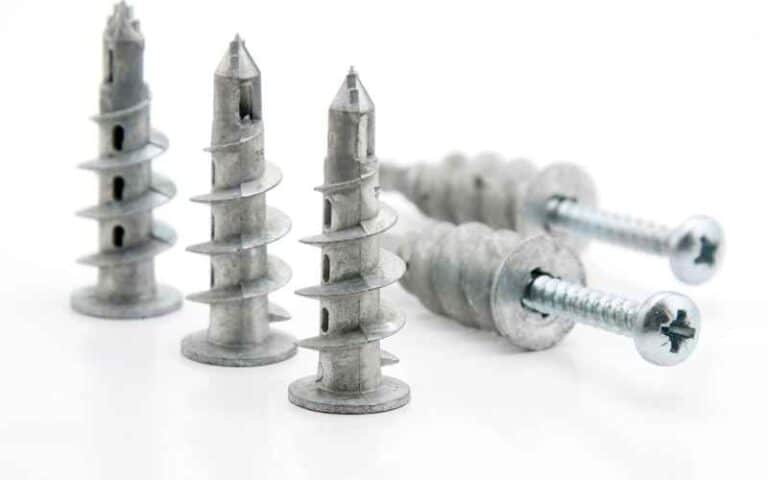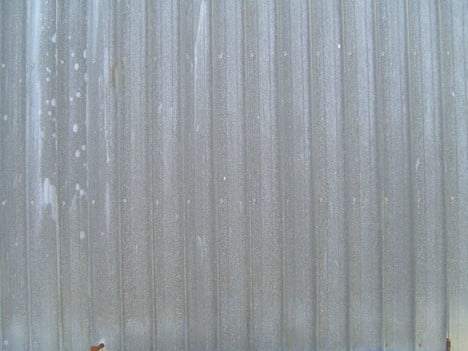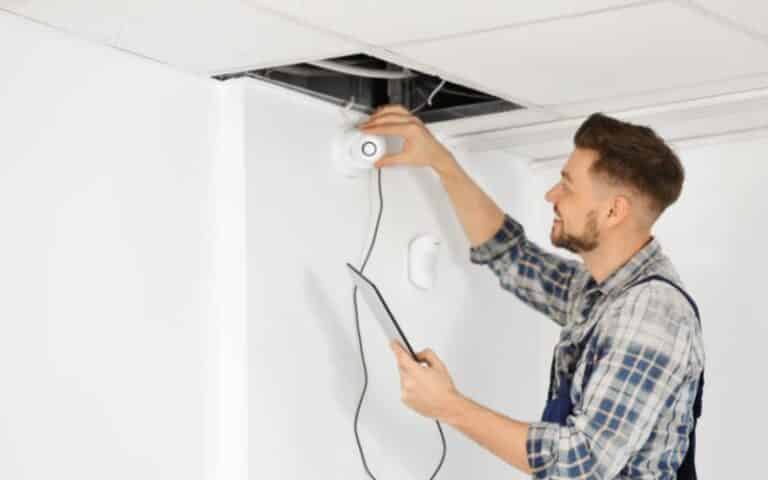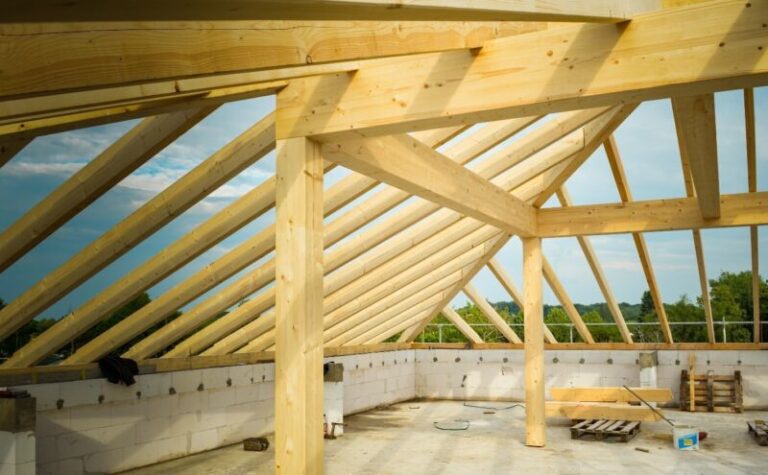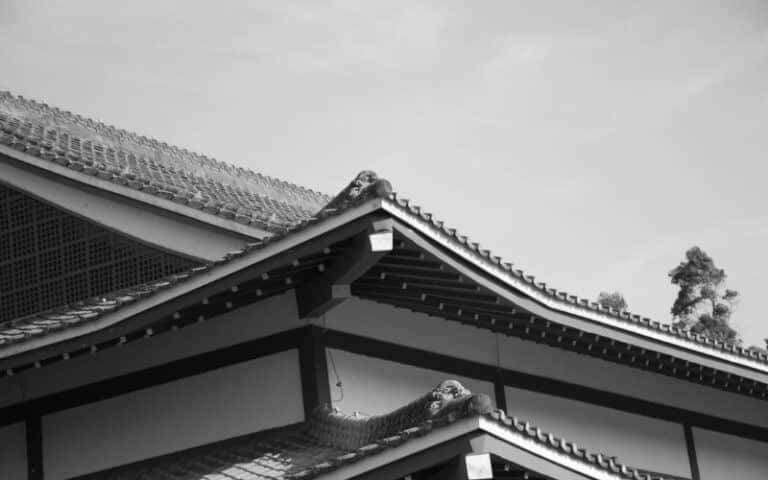Your home’s roof can get faulty, regardless of the season, inconveniencing you. Therefore, repairing the roof becomes a priority for you to avoid the consequences of a leaking roof.
Having your roof leak is especially bad for your home during the rainy season, so I’ll be showing us what to do when this happens.
If your roof leaks rain during the rainy season, it isn’t suitable for you and those working on repairing it.
Though working on fixing your roof leak is mainly done when the weather is clear or sunny, what happens when you need to repair your roof leak urgently when it’s raining.
Repairing your roof in the rain is difficult but possible. So, yes, you can repair your roof in the rain, except for structures with a flat roof. Although there are risks involved in roof leak repair in the rain, it is not impossible to repair the roof.
Ready for a Roofing Quiz?
Can You Repair Or Replace Roof In The Rain?

You can repair your roof in the rain, but you can’t replace your roof in the rain. Although roof leak repair has its downside during the rainy season, roofing contractors monitor weather reports to schedule roof repairs during favorable weather conditions.
I would not recommend that you replace your roof in the rain because doing so would void the guarantee on the roof and cause damage to your wood deck.
The homeowner’s safety and the preservation of the contents of their home are crucial considerations for roofers. As a result, when assessing the weather conditions before beginning work, an element of best judgment should be applied.
Although most roofers prefer working in a relaxed environment instead of hot, sunny weather, this is especially true when working during the hot summer months.
Installing a roof in the rain isn’t as dangerous as you think. Contractors monitor weather reports and can usually schedule installation so that they complete work during dry spells.
There is no margin for error when standing on a new roof in the rain or on shingles about to be replaced.
To ensure the proper roof leak repair in the rain without harming anyone, you should;
- Contractors should point out your escape route before they begin working, and you should pay attention to their instructions.
- Avoid working near open windows or doors if standing on your roof in a storm is too dangerous.
- Hard hats, safety goggles, long sleeves, and gloves protect you from flying debris.
- Bring along an extra pair of shoes if you’re concerned about walking through water that could cause an electrical shock.
Although there are disadvantages to roofers working in the rain, there are also advantages. Here are some advantages and disadvantages to repairing your roof in the rain;
#1. Advantages of Repairing Your Roof In The Rain
Roof leak repair can be dangerous in the rain, but it is possible and convenient for some people. Here are some benefits of repairing your roof in the rain;
- Working in the rain lets you figure out how water is draining from a roof and quickly determine the source of any leaks without doing extra work on other parts of the roof that aren’t affected.
- As you work on a roof, you’ll want to stay cool. It is especially true if you’re in direct sunlight and wearing layers of clothing for proper personal protective equipment (PPE). Cooler days and rain can be good for you, as long as it is safe.
- When working on roof leak repair in the rain, you will be more focused without losing concentration or getting interrupted. Losing concentration can result in you spending more money in the long run.
- It is much cheaper to repair your roof in the rain, as people often tend to repair theirs in the warmer season, so the contractors reduce the price of fixing it during the rainy season.
- You do not have to wait till it is sunny to repair your roof to avoid it leading to more significant issues.
#2. Disadvantages of Repairing Your Roof In the Rain
As you have seen, repairing your roof in the rain can be done, but it is not without its downsides. Here are some disadvantages to roof leak repair in the rain;
- Working in the rain trying to repair your roof can result in severe injury or death if you fall off the roof.
- It will take much longer for you to seal the shingles as they must be at a precise temperature to effectively seal the roof and ensure that it is entirely waterproof. This process takes more time than it usually would in the warmer season.
- Installing a roof in the rain can lead to your warranty on the roof being void, resulting in more charges down the line as further repairs come up that the warranty on it would have covered.
- Installing a roof in the rain can result in a damaged roof deck.
- When you try to repair or replace a roof in the rain (or heavy winds), you risk injuring yourself or causing extra damage to your home.
#3. How Can You Work On Your Roof In The Rain?
Now that you know the advantages of doing your roof leak repair in the rain and that it’s possible. The next thing you need to know is how to work on a roof in the rain.
Here are the steps to take when doing your roof leak repair in the rain;
- Firstly, the most important thing for you to do when working in the rain will be to examine and repair the roof in tiny portions.
- In the case of a total roof replacement, this can be accomplished by sectional repair or covering the remaining parts of the roof with a tarp to decrease exposure to rain while still re-roofing.
- Finally, ensure you work in tiny portions and complete the piece set before moving to the next. Doing this ensures that you achieve the part to be completed and reduce the roof’s exposure to the weather for a long time.
How Long Does It Take a Roof To Dry After Rain?
Depending on where you live and what type of roofing material you have, a roof can take 15 minutes to several hours to dry after being exposed to rain.
Let’s break it down by roofing material: Tile roofs typically dry within 30 minutes. Metal roofs can be dangerous to walk on during a storm due to electrical charges in large storms.
Tile roofs are also some of the most expensive to repair and can be highly delicate when wet. That’s why it’s essential to avoid walking on tile roofs until they’ve had at least 30 minutes to dry.
Slate roofs usually take 30 minutes or less if you have asphalt shingles on your roof.
You can walk on most residential asphalt shingles within two hours of heavy rain, but you’ll need to wait at least three hours in areas with high winds or frequent thunderstorms.
Many people want to get their roofs inspected right after it rains, and that’s perfectly fine as long as you plan on wearing rubber boots.
Conclusion
In summary, you can repair your roof in the rain. Although challenging, it is not impossible; ensure you are careful when working on your roof to avoid injury to yourself and damage to your roof deck.
Now that you know this, you can go ahead with your roof leak repair regardless of the rain.

